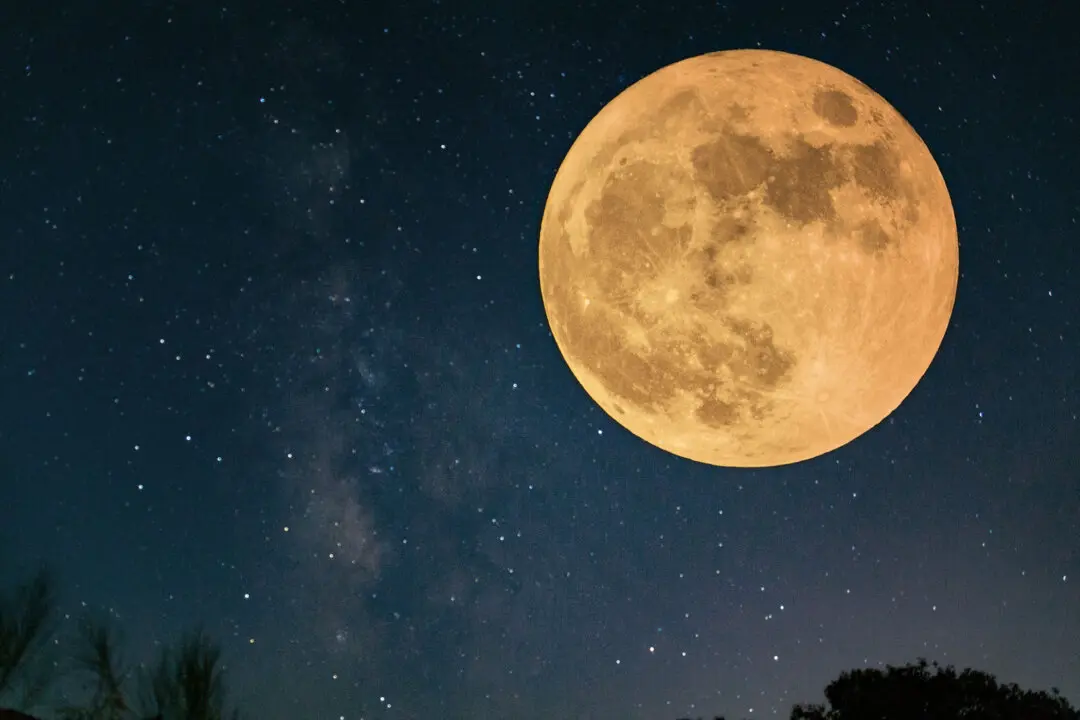Harvest suits autumn like pumpkins suit Halloween, and September’s full moon has played a heroic role in building many a harvest tradition and festival through the ages.
The full moon nearest the fall equinox, the Harvest Moon, sits pinned low on the horizon. It hangs like some giant Jack-o-lantern, seeming to linger longer than usual for the farmers in the fields. So they can finish reaping before the frost. That’s how it was.






